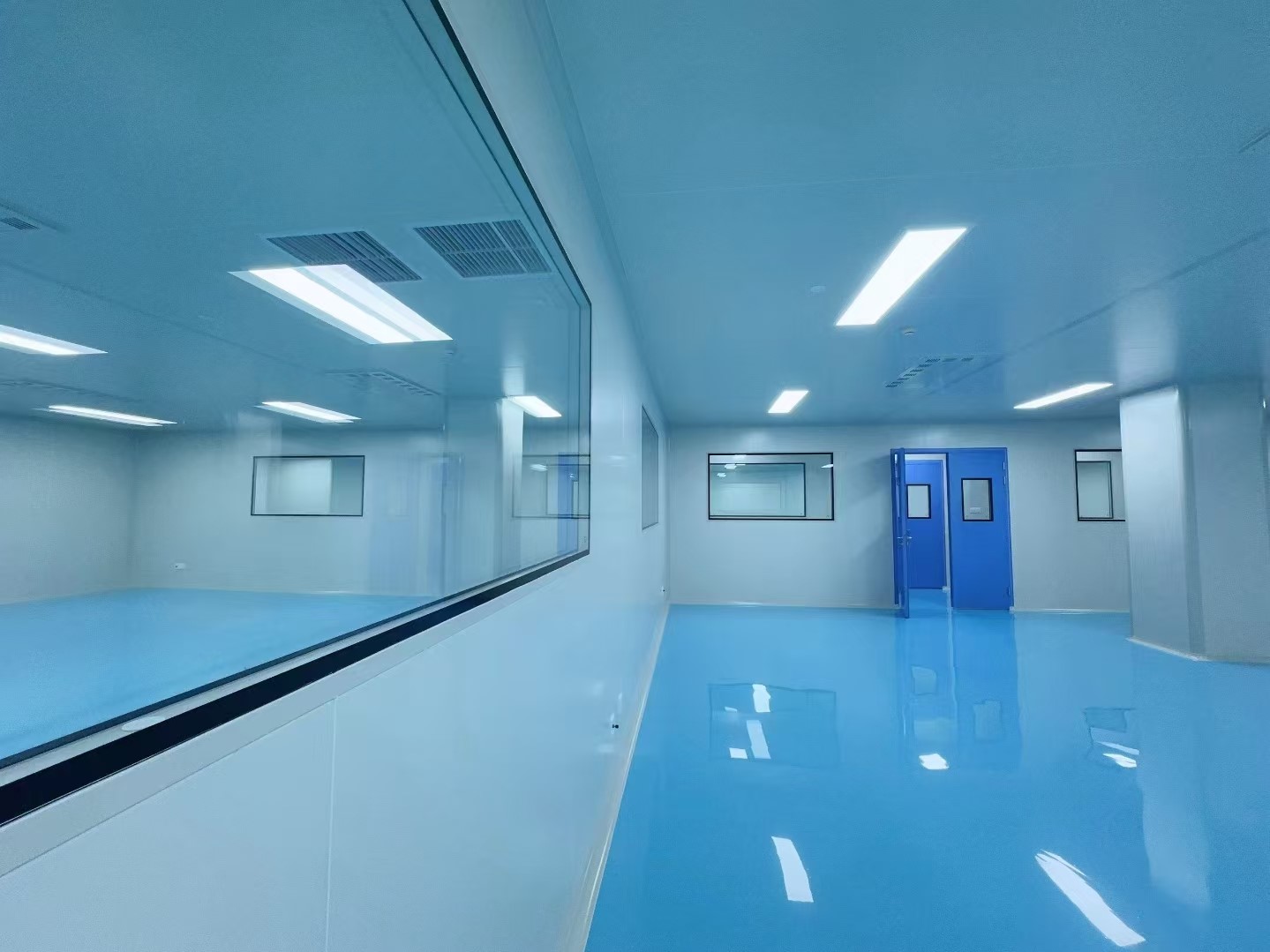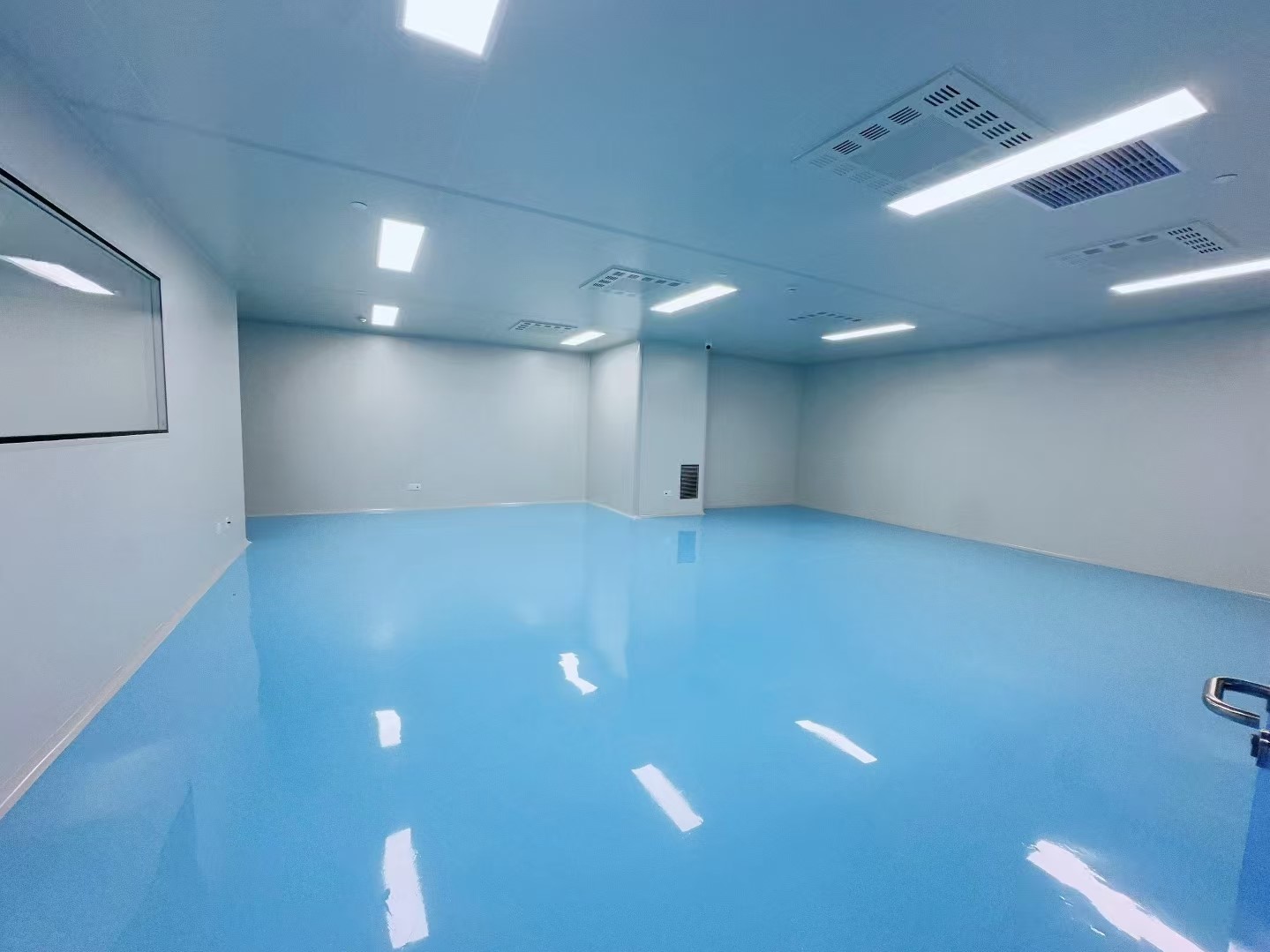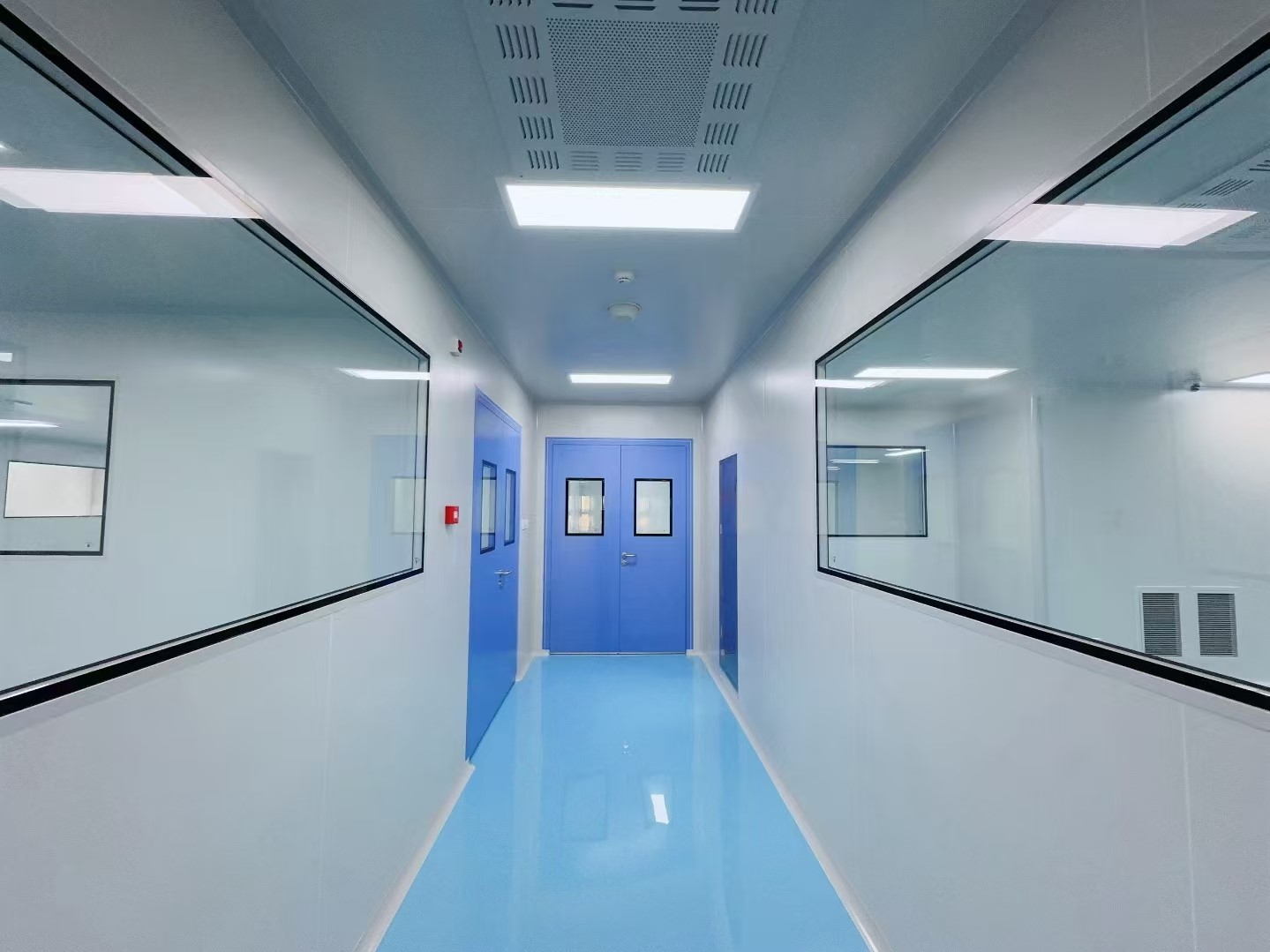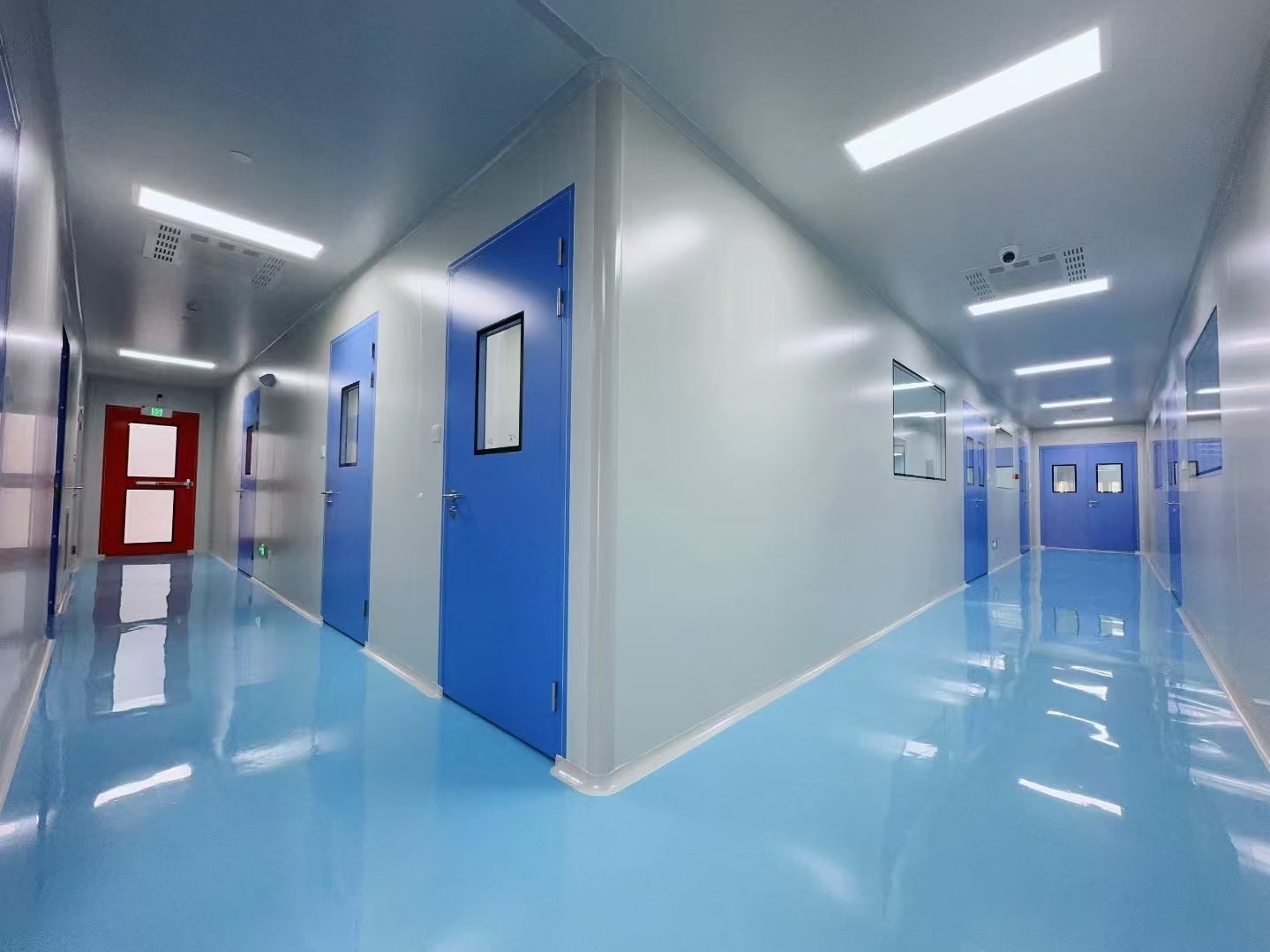

Food clean room primarily targets food companies. Not only are national food standards being enforced, but people are also increasingly paying attention to food safety. Consequently, conventional processing and production workshops and unscientific and irrational workshops are being investigated and punished. Many large companies strive to achieve sterility, dust-free conditions, and high cleanliness levels in their production, in-house, and outsourced workshops. So, what are the advantages and necessity of clean room for food companies?
1. Area division in food clean room
(1). Raw material areas should not be located in the same clean area as finished product production areas.
(2). Testing laboratories should be located separately, and their exhaust and drainage pipes must be properly managed. If air cleanliness requirements are required throughout the entire product testing process, a clean bench should be installed.
(3). Clean room in food factories are generally divided into three areas: general work area, quasi-work area, and clean work area.
(4). Within the production line, allocate an area and space commensurate with the size of the production area as a temporary storage area for raw materials, intermediate products, products awaiting inspection, and finished products. Cross-contamination, mixing, and contamination must be strictly prevented.
(5). Processes that require sterility testing but cannot perform final sterilization, as well as processes that can perform final sterilization but require post-sterilization aseptic operation principles, should be conducted within clean production areas.
2. Cleanliness level requirements
Food clean room cleanliness levels are generally categorized as class 1,000 to class 100,000. While class 10,000 and class 100,000 are relatively common, the key consideration is the type of food being produced.
Advantages of food clean room
(1). Food clean room can improve the environmental hygiene and safety of food.
(2). With the widespread use of chemicals and new technologies in food production, new food safety incidents are constantly emerging, and food clean room can reduce consumer anxiety about food hygiene and safety.
(3). Ensures and maintains cleanliness. During the filtration process, in addition to primary and secondary filters, hepa filtration is also performed to disinfect live microorganisms in the air, ensuring air cleanliness within the workshop.
(4). Provides excellent thermal insulation and moisture retention.
(5). Differentiated personnel contamination control features separate clean and dirty water flows, with personnel and objects separated by dedicated passages to prevent cross-contamination. Furthermore, air showering is performed to remove contaminants attached to personnel and objects, preventing them from entering the clean area and impacting the cleanliness of the clean room project.
In summary: For food clean room projects, the first consideration is the choice of workshop building grade. Clean room engineering is a key consideration. Building or upgrading such a clean room is essential for food safety and long-term sustainability.


Post time: Aug-25-2025

